Adult Mole Salamanders are 3 to 4 inches long and seem to have a head and feet too big for the rest of their bodies. They kind of remind me of a Bulldog.
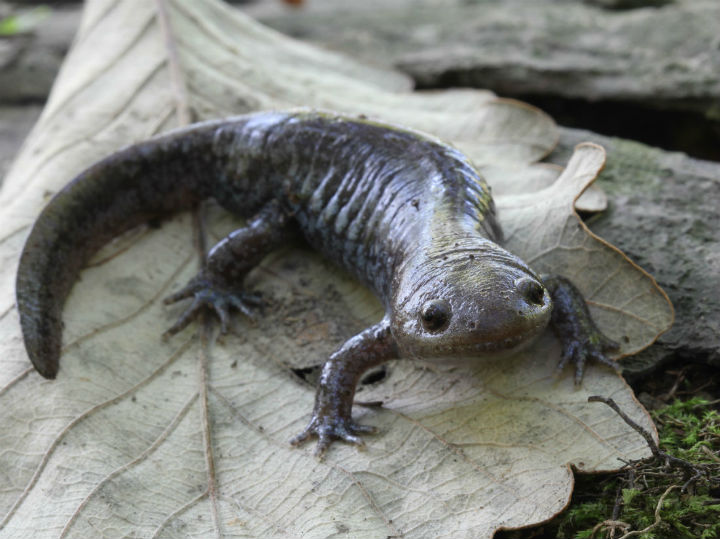
Worm Snakes are small serpents, only growing to about a foot long. Their color can vary from pinkish-brown to dark-brown. They somewhat resemble earthworms and spend most of their time underground and are seldom seen.
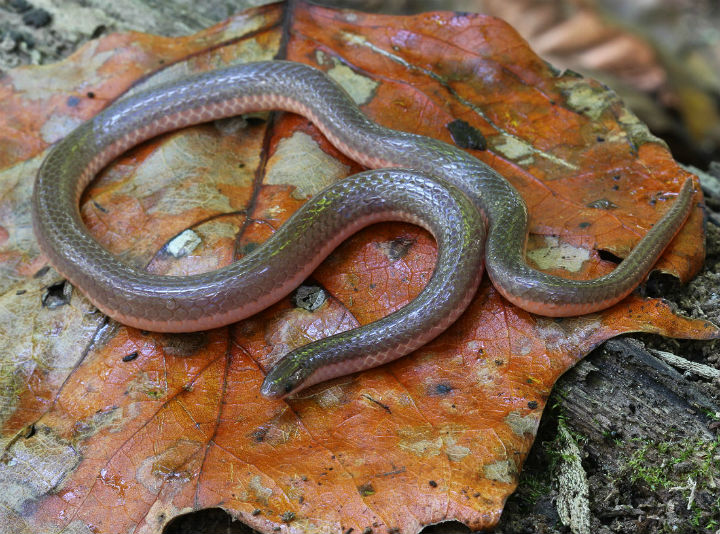
I found more Marbled Salamander on this trip than any other. They get their common name because of their pattern.
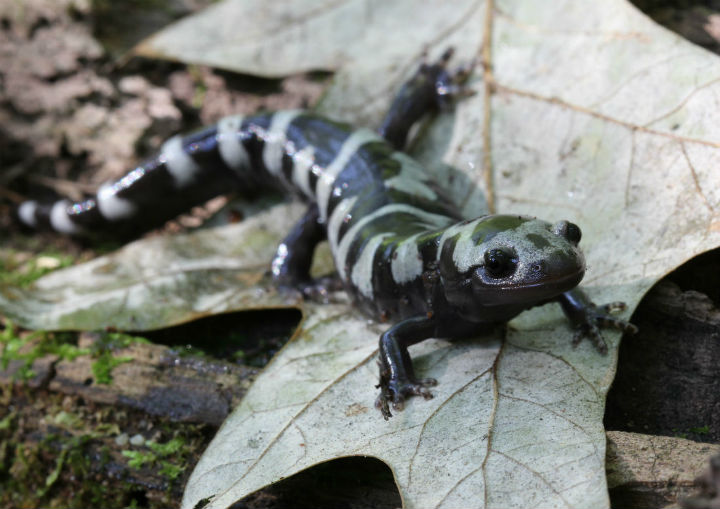
I decided to check out this lake Massac County.
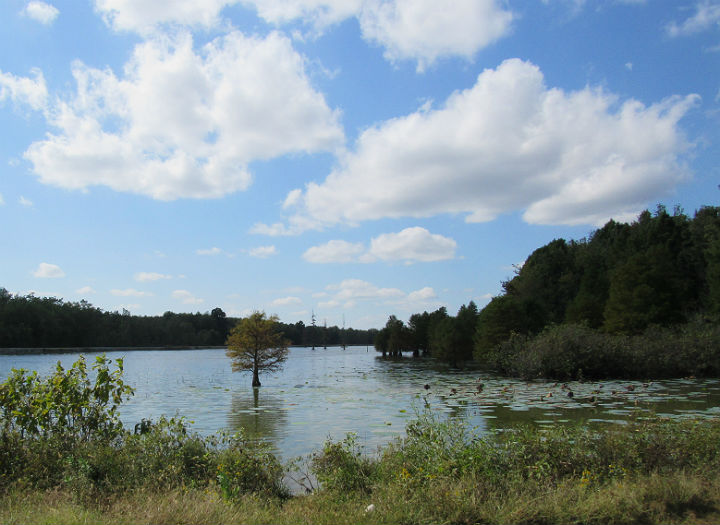
One the way there, I caught the fastest snake in the land. Black Racers are active during the daytime and are most often seen in warm weather.
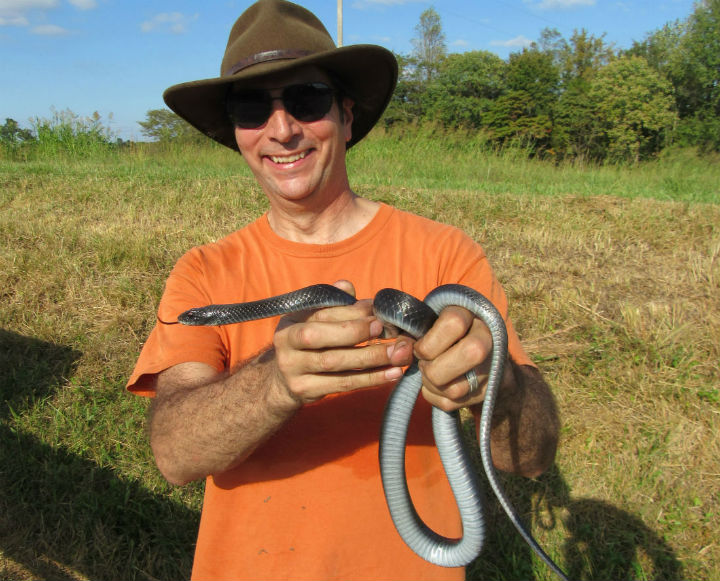
Another photo of the Racer. These snakes hunt by sight and actively forage during the day. They eat a wide range of prey including insects, lizards, snakes, birds, rodents and amphibians. These snakes are not constrictors and simply overpower their prey.
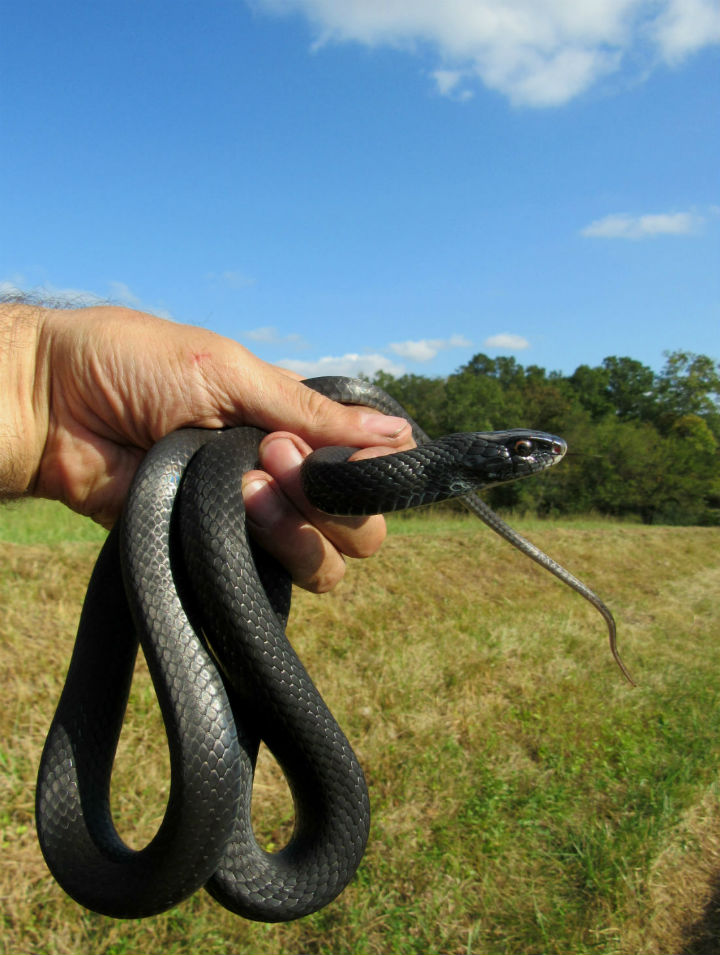
A Green Frog hanging out in a duckweed-covered swamp.
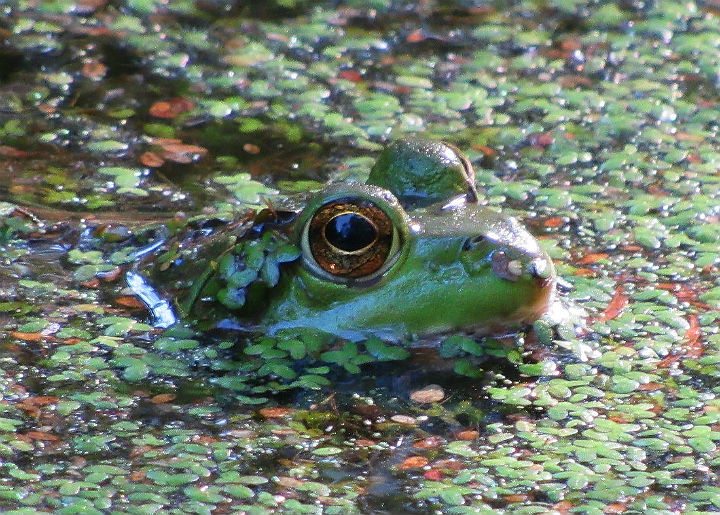
A young Plainbelly Water Snake. These snakes lose their pattern as the age and adults are usually uniformly dark.
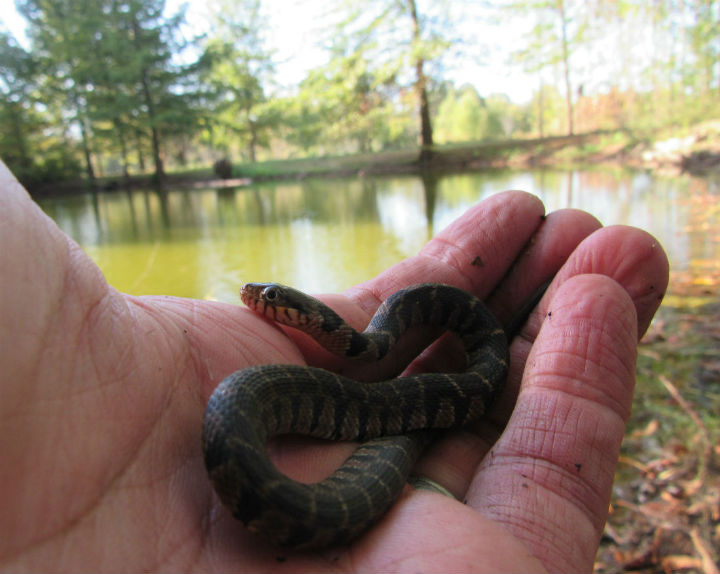
The gangly Double-crested Cormorant is a prehistoric-looking, matte-black diving bird with yellow-orange facial skin.
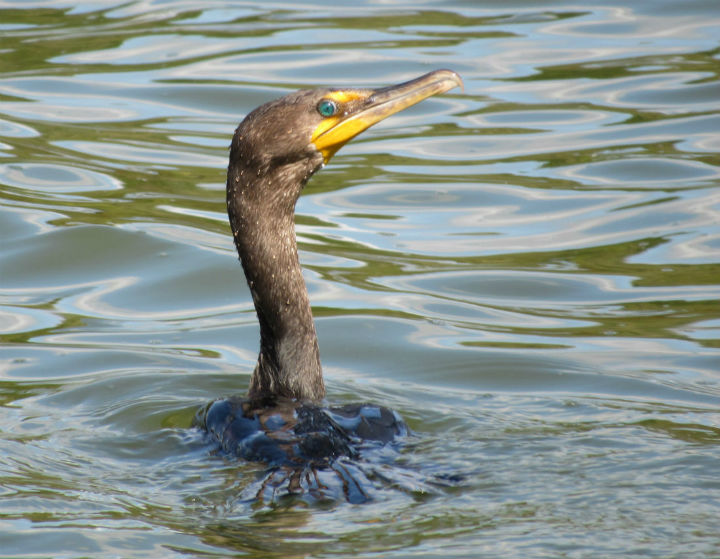
A Midland Water Snake from Massac County. I have often seen them "periscoping" in this lake, like this one is doing.
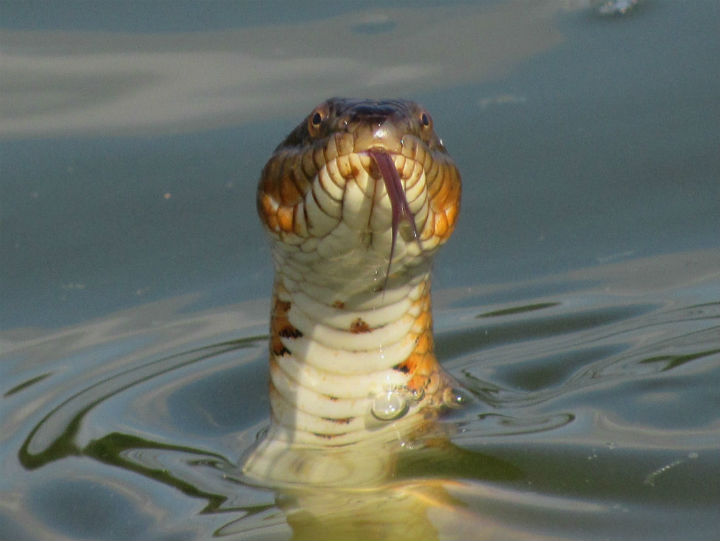
A Red-ear Slider. This species was commonly seen basking in a number of waterways.
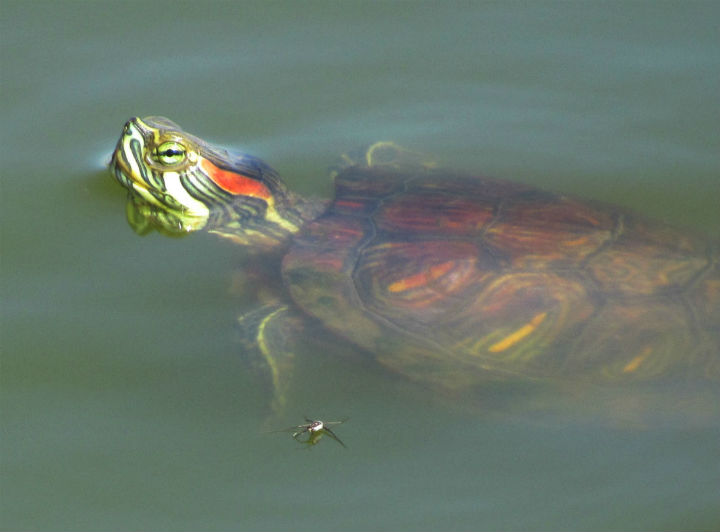
A Diamondback Water Snake - this species trolls shallow shorelines and deeper water for prey. The diet mostly consists of frogs, toads, slow moving and small fish.
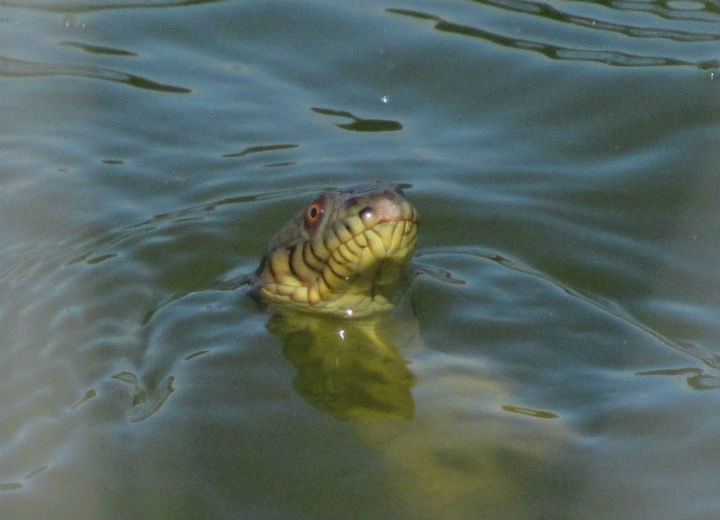
Hey, those aren't herps! Rafinesque's Big-eared Bats - as its name implies, this species has large ears that are over an inch long.
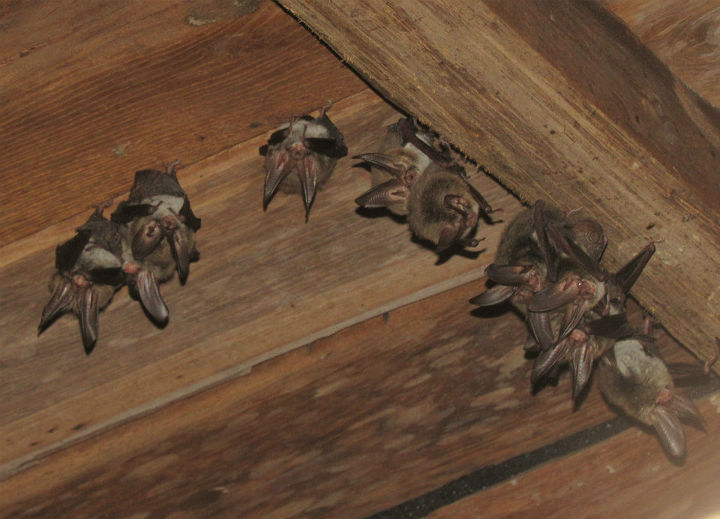
Click here to see Part 3
|